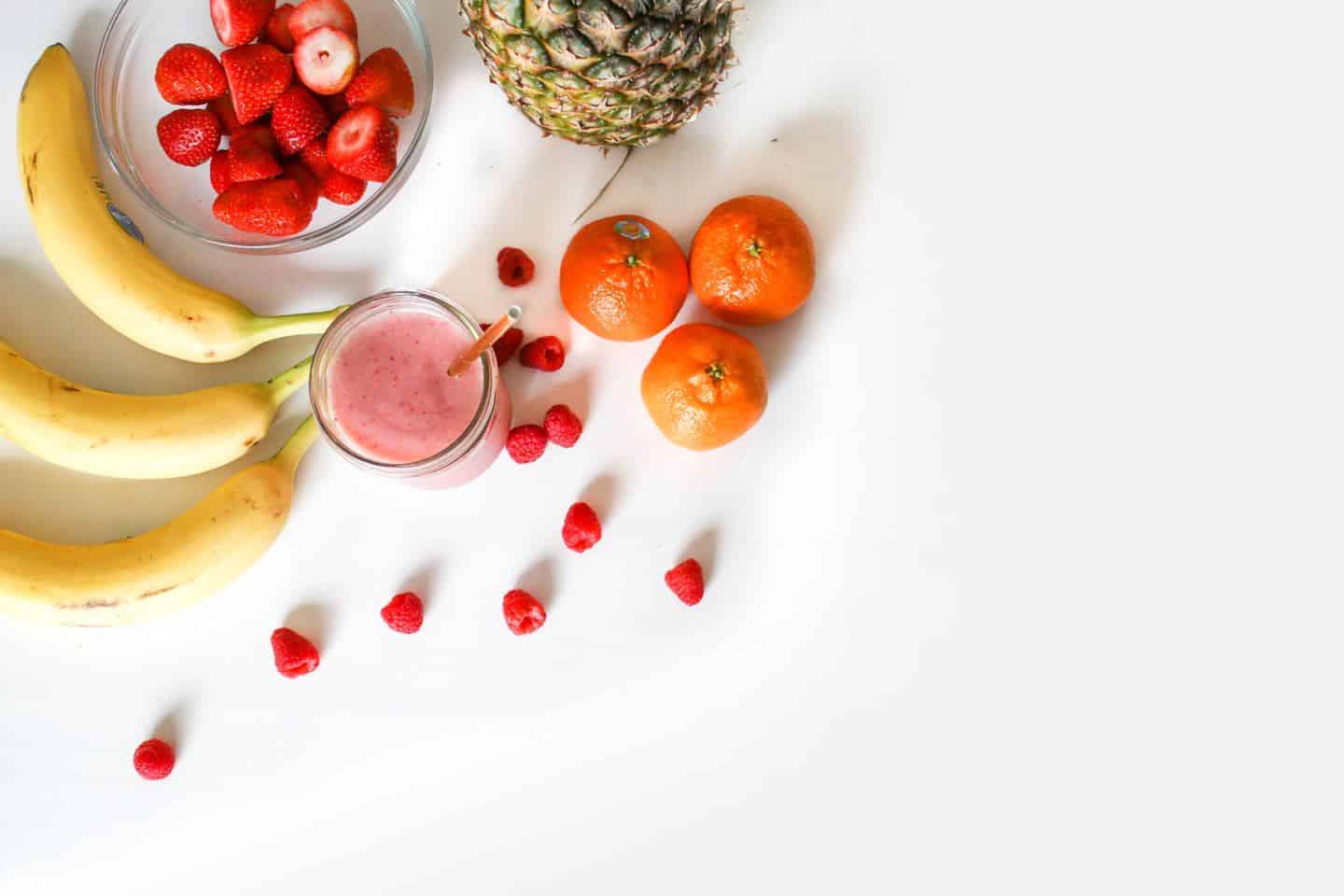Geschatte leestijd: 3 minuten
Dietary fibers, commonly known as fibers, play an important role in digestion. They are a collective term for a certain group of carbohydrates that are not digested in the small intestine. These various dietary fibers have different functions in our bodies and also contribute partly to feeling satisfied and satiated after eating.
Many of our foods contain not just one type of fiber but are often a combination of various types of dietary fibers. Dietary fibers are also known as
roughage. They consist of all parts of
plant-based foods that your body cannot absorb or digest. Unlike nutrients like fats, proteins, and carbohydrates – which your body
breaks down and absorbs – dietary fibers are not digested by your body. For this reason, dietary fibers pass fairly intact through your stomach, small intestine, large intestine, and out of your body. It may seem like dietary fibers don’t do much, but they have several important tasks in maintaining your health.
Where are dietary fibers found?
The main sources of fiber are
fruit, vegetables, potatoes, bread, grains, nuts, and legumes. When
grain is ground into flour, some of the fibers are lost. The same happens when
rice is peeled, removing a large part of the fibers. That is why for a responsible diet, whole grain products are often preferred. In these products, the fibers are preserved with their associated health benefits. Of course, fibers can also be added later, as you often see with dairy products. When this happens, we call it
isolated fibers, as the fibers are extracted from certain foods to be later added to another product to make it fiber-rich.
What types of dietary fibers are there?
There are different types of dietary fibers. As mentioned earlier, it is a collective term for various
groups of carbohydrates. Fibers are usually divided into two categories: dietary fibers that
do not dissolve in water (insoluble fibers) and dietary fibers that
do dissolve in water (soluble fibers). So, we have:
Fermentable fibers: soluble fibers
Non-fermentable fibers: insoluble fibers
Fermentable fibers
The fermentable fibers are
broken down in the large intestine by the bacteria living there. This happens with about 65 to 70 percent of the dietary fibers. These fibers provide a small amount of calories. This is due to fermentation, which releases about 2kcal of energy per gram. Fermentable fibers play a major role in maintaining
good bowel movements. Fermentable fibers keep the mass in the large intestine in shape and ensure favorable passage, which makes going to the toilet much more pleasant. Finally, fermentable fibers can also have a beneficial effect on
LDL cholesterol levels. This has been scientifically proven with fermentable fibers in fruits, oats, and barley. The beta-glucans and pectin are responsible for this.
Fermentable fibers can be found in beans, legumes, oats, algae, seaweed, leeks, onions, soybeans, lentils, beans, muesli, bananas, potatoes, pasta, and bread.
Non-fermentable fibers
Unlike fermentable dietary fibers,
non-fermentable dietary fibers are
not broken down in the intestines and also provide
no energy. They leave the body without providing energy. They do contribute to
improved bowel movements because they increase the contents of the intestines when they arrive there. Non-fermentable fibers are found in wheat and vegetables, such as cabbage, apples, wheat flour, bran, grain products, beans, and peas.
What are the benefits of dietary fibers
Dietary fibers occupy a special place. For example, there is no internationally agreed definition of what the
research into the health benefits involves. In addition, there are various ways to measure the values of present dietary fibers, further complicating the research.
What is agreed upon is that dietary fibers can make a positive contribution to bowel movements. Apart from this advantage, there are a number of other benefits to mention:
Reduced risk of
cardiovascular diseases
Reduced risk of a
stroke
Protection against
colon cancer
Lower risk of
breast cancer
Lower risk of
type 2 diabetes.
The relationships to these diseases stem from not isolated fibers, but from consuming
fiber-rich foods.




